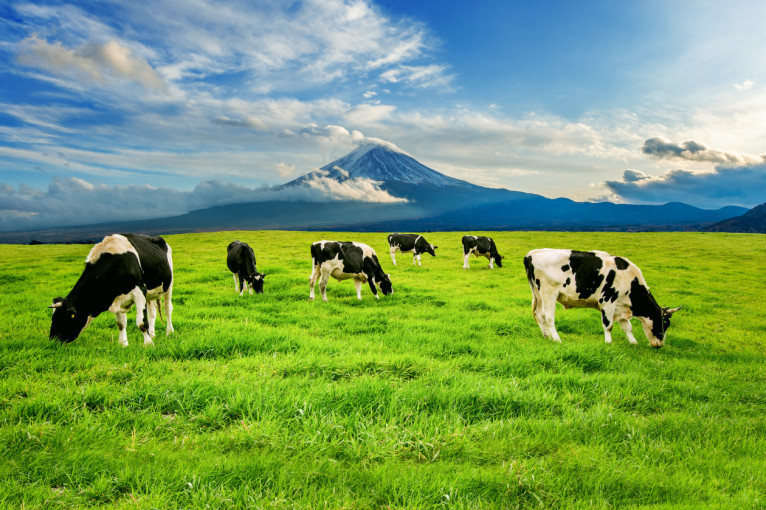
The government is gearing up to roll out a free lunch and milk program for 82.9 million individuals, encompassing students, boarding school attendees, and expectant mothers. An estimated 4.1 million tons of cow’s milk will be required annually for the free milk provision.
Besides this initiative, the regular national milk consumption is about 4.6 million tons. However, the current national milk production only amounts to 0.9 million tons annually.
“This highlights a shortfall of about 7.8 million tons or the equivalent of 2 million lactating dairy cows,” stated Tri Melasari, Director of Livestock Processing and Marketing at the Ministry of Agriculture, during the ‘Policy Direction Discussion on the Development of the Dairy and Dairy Industry’ held at the UGM Faculty of Animal Science, on Saturday (Mar. 9).
He pointed out that around 90 percent of national dairy cattle production is predominantly from small-scale livestock farming. On average, each farmer owns 2-3 cows, producing 8-13 liters per cow per day.
However, the production volume has dwindled following the foot and mouth disease (FMD) outbreak, particularly affecting dairy cows.
“We need concerted efforts to drive up national dairy cow production and productivity,” Melasari stressed.
Regarding the targeted program of providing free 200 ml milk daily, Melasari mentioned the necessity of importing 1.1 million dairy cows from countries like Australia, New Zealand, Brazil, and the United States.
In terms of the milk distribution allocation, Java holds the highest share at approximately 55.95 percent, followed by Sumatra at 21.75 percent, Kalimantan at 6.18 percent, Sulawesi at 7.36 percent, and Bali, East Nusa Tenggara, and West Nusa Tenggara at around 5.57 percent. Meanwhile, Papua and Maluku stand at approximately 3.19 percent.
In addition to insufficient national milk production, the government also grapples with challenges in ensuring milk quality standards and enhancing business management.
“These small-scale livestock farms hold potential for job creation, but there is a scarcity of companies engaged in dairy farming, necessitating government support, particularly given the vast expanse of land available for dairy farming outside Java,” the director remarked.
Professor Ali Agus from the UGM Faculty of Animal Science remarked that governmental support and protection for dairy farmers remain inadequate. He noted that out of 84 milk processing and derivative product companies, only 14 collaborate with cooperatives and dairy farmers.
Presently, the dairy cow population stands at around 507 thousand head with a productivity rate of 12.4 liters per cow daily, resulting in an annual milk production of 837 thousand tons.
“The dairy cow population is in decline due to FMD and other diseases, causing production to drop by up to 30 percent. FMD has rendered the milk selling price at the farmer level unattractive despite escalating feed costs,” he explained.
He advocated for an executive order on national dairy production, increased collaborations between the dairy industry and farmers, advancements in barn mechanization and milking processes, the annual importation of 300,000 dairy cows, and bolstering cooperatives.
Additionally, efforts should be directed towards establishing cattle feed factories, expanding milk processing industries, empowering farmers, ensuring cattle quality, and enhancing dairy products.
Author: Gusti Grehenson
Image: Freepik

